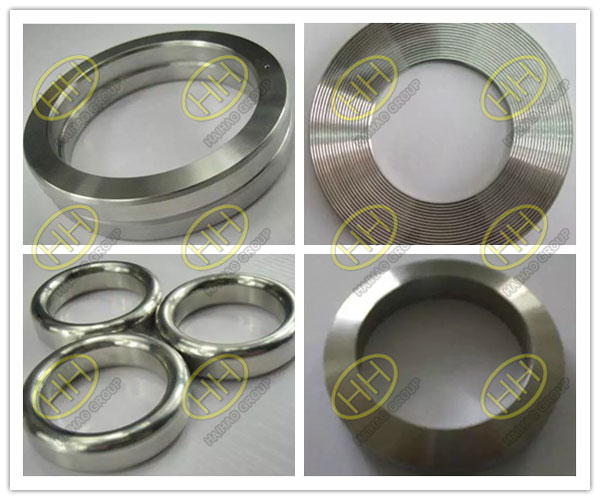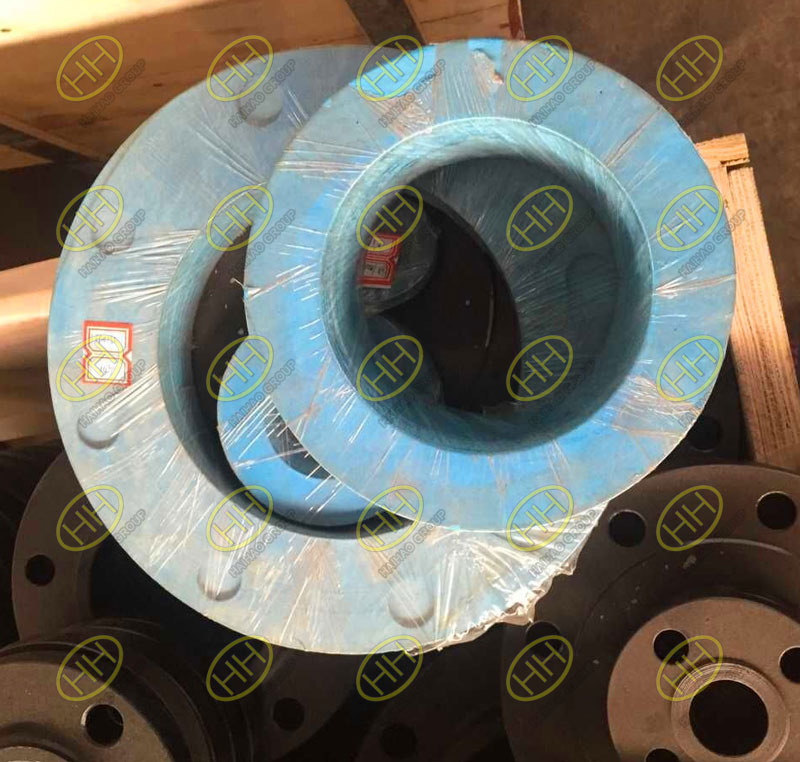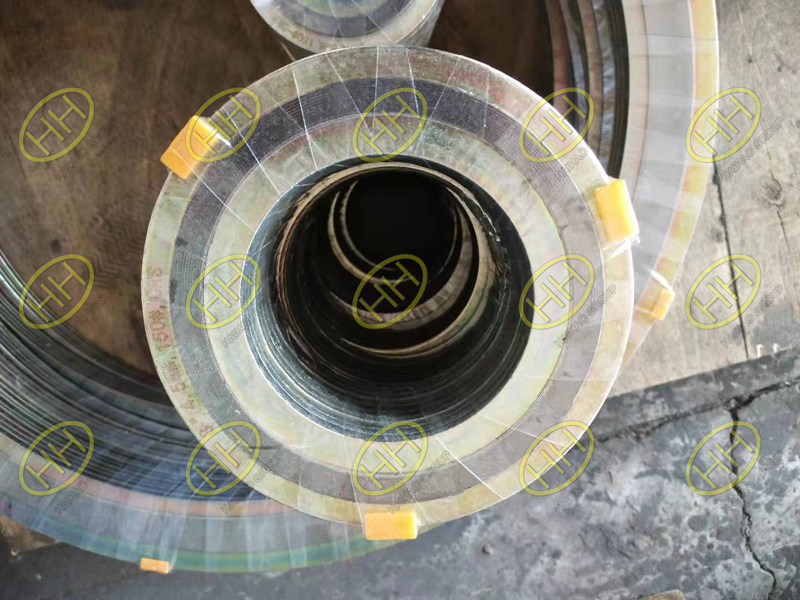Introduction to the types and application scenarios of eight flange gaskets
Flange gaskets play a critical role in ensuring leak-free and safe connections in industrial piping systems. However, achieving effective sealing involves a delicate interplay of various factors. Let’s delve into the nuanced factors that influence flange gasket performance and explore eight different types of flange gaskets along with their applications:
1.Industrial Rubber Gaskets:
Industrial rubber gaskets come in various types tailored to different applications. From natural rubber suitable for water, air, and mild chemicals to nitrile rubber ideal for petroleum products, each type offers specific benefits. Additionally, EPDM rubber excels in resisting weathering and ozone exposure, while fluorocarbon rubber provides exceptional resistance to acids and solvents. These gaskets are commonly used in low-pressure applications, especially below 0.6 MPa, and in vacuum conditions.
2.Asbestos Rubber Sheets:
Asbestos rubber sheets, although cost-effective, have limitations due to their permeability and susceptibility to chemical degradation. They are best suited for low-pressure and high-temperature applications below 80℃. However, their performance degrades over time, especially in corrosive environments. Careful consideration of temperature and pressure conditions is necessary when using these gaskets.
3.Polytetrafluoroethylene (PTFE) Gaskets:
PTFE gaskets offer excellent chemical resistance and low-temperature performance, making them ideal for corrosive and high-purity applications. They are commonly used in environments with temperatures up to 150℃ and pressures below 1 MPa. However, their low coefficient of friction requires special consideration during installation to prevent slippage.
4.Asbestos Resin and Impregnated Asbestos Gaskets:
Asbestos resin and impregnated asbestos gaskets are suitable for various acidic environments but have temperature and pressure limitations. They are commonly used in pipelines, valves, and flanges operating below 80℃ and 0.6 MPa.
5.Metal-Encased Asbestos Gaskets:
Metal-encased asbestos gaskets prevent direct contact between asbestos fibers and the media, enhancing durability and sealing performance. They are suitable for temperatures up to 450℃ and pressures up to 4 MPa, making them versatile for a wide range of applications.
6.Metal Spiral Wound Gaskets:
Metal spiral wound gaskets combine the resilience of metal with the flexibility of non-metallic materials, offering superior sealing performance. They are suitable for high-pressure and high-temperature applications, with temperature ranges from -190℃ to +600℃ and pressure up to 30 MPa.
7.Metal Flat Gaskets and Metal Corrugated Gaskets:
Metal flat gaskets and corrugated gaskets are commonly used in high-pressure valves, pipes, and smaller flanges. They offer reliable sealing performance at pressures ranging from 1.568 to 31.36 MPa, depending on the temperature and application requirements.
8.Octagonal and Oval Ring Gaskets:
Octagonal and oval ring gaskets, also known as RX and BX gaskets, provide excellent sealing performance for trapezoidal groove flanges. They require significant bolt tightening force and are suitable for high-pressure and high-temperature conditions, typically above pg25 flange ratings.
In conclusion, selecting the right flange gasket involves careful consideration of factors such as temperature, pressure, media compatibility, and installation conditions. By understanding the unique characteristics of each gasket type and their applications, engineers and technicians can ensure reliable and leak-free connections in industrial systems.



